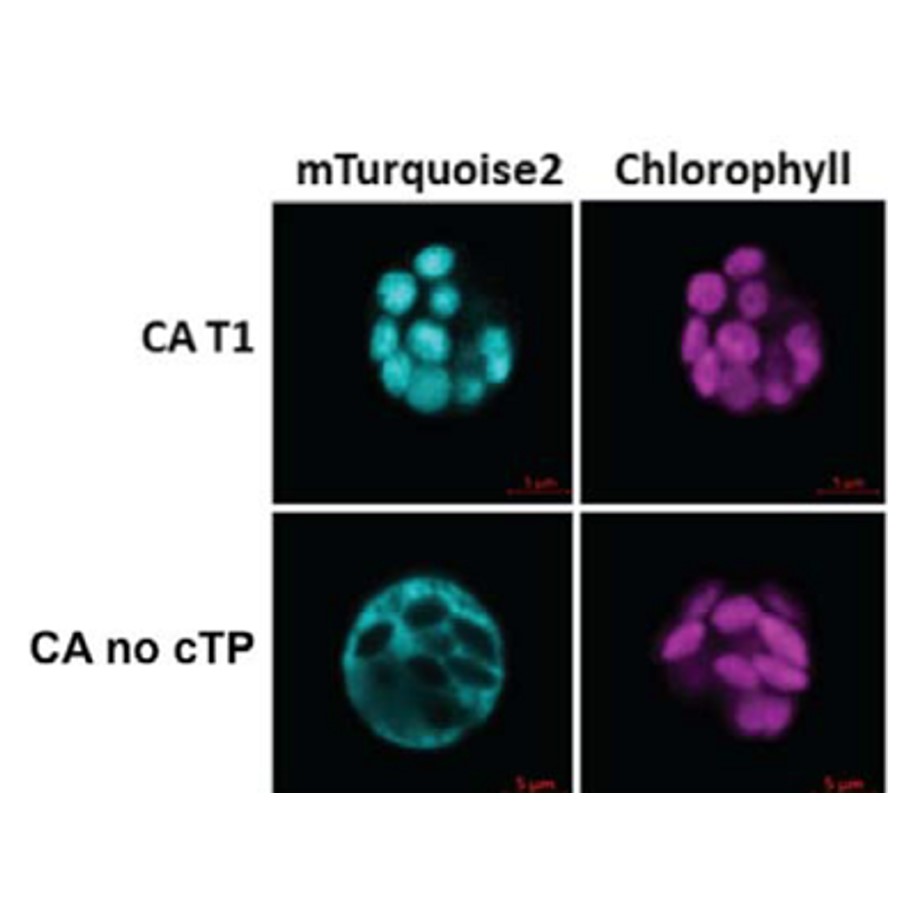
Engineering cytosolic carbonic anhydrase to establish C4 photosynthesis in rice
Plant Science Research WeeklyIn mesophyll cells, carbonic anhydrase is mainly located in the chloroplast, however it is in the cytosol in plants with a C4 carbon concentrating mechanism. There is interest in relocating carbonic anhydrase to the cytosol of C3 plants as a first step in the introduction of a carbon concentrating mechanism.…

Altering chloroplast biogenesis leads to increased yields in rice
Plant Science Research WeeklyTranscription of chloroplast genes is carried out by the plastid encoded polymerase (PEP) with help from PAPs (PEP-associated proteins). PAP3 is important for chloroplast development in Arabidopsis thaliana and Nicotiana benthamiana, however its role in crops has not been fully elucidated. Here Seo et…
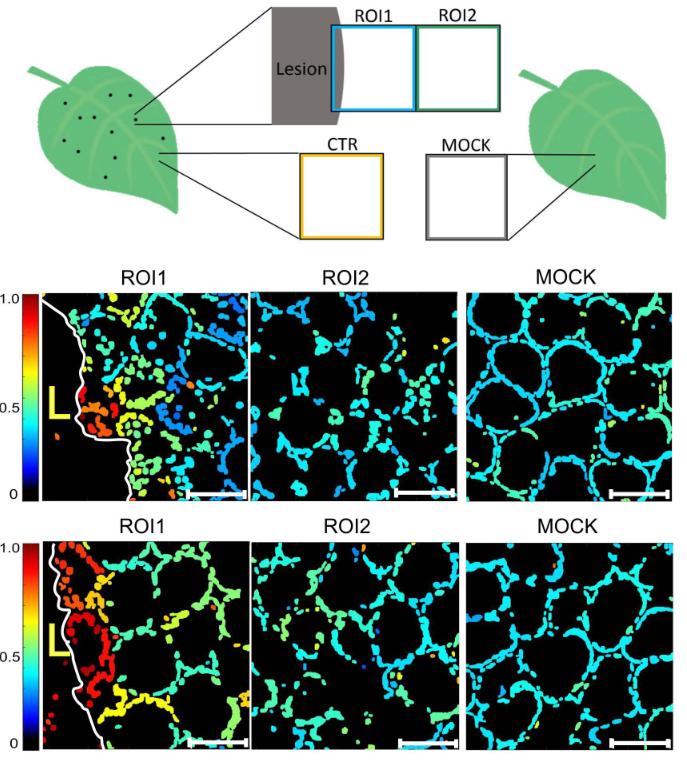
Chloroplast redox state changes mark cell-to-cell signalling in the hypersensitive response (New Phytol)
Plant Science Research WeeklyProgrammed cell death (PCD) plays roles in both developmental and environmental responses across plant species. During pathogen attack, the hypersensitive response can limit spread of infection by orchestrating an organised death of cells around the infection area. A recent study by Lukan et al. demonstrated…
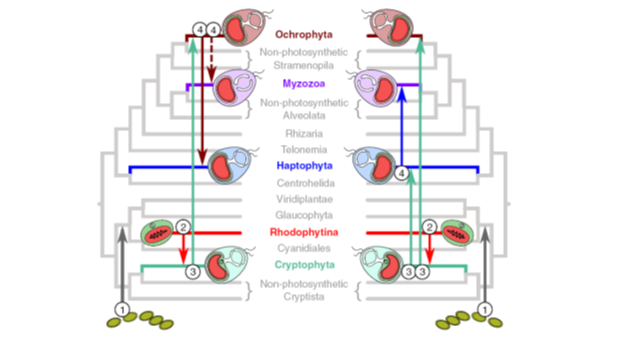
A molecular timescale for eukaryote evolution with implications for the origin of red algal-derived plastids (Nature Comms)
Plant Science Research WeeklyAlgae powered by red algal-derived plastids (e.g., diatoms, dinoflagellates, and coccolithophores) are among the most evolutionary and ecologically successful eukaryotes on Earth, but their origins and relationships remain poorly understood. Here, Strassert et al. test the rhodoplex hypothesis that designates…

The photobiology paradox resolved: photoreceptors drive photosynthesis and vice-versa
Blog, Plant Physiology, Plant Physiology: News and Views, ResearchCharlotte Gommers, Assistant Features Editor
[email protected]
For a long time, the study of light fueled two independent fields of plant sciences. On the one hand, light energy is absorbed in the chloroplasts, to drive sugar production via photosynthesis. On the other hand, light is an…
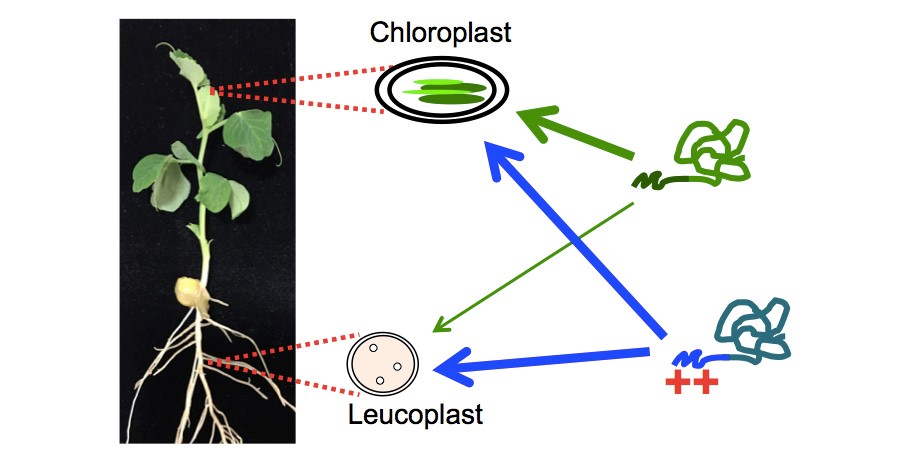
Protein Delivery Address Codes Are Part of the Circuitry Adjusting Tissue-Specific Plastid Proteomes
Research, The Plant Cell, The Plant Cell: In a NutshellChu et al. demonstrate that a special address code is required for efficient protein import into root plastids. Plant Cell https://doi.org/10.1105/tpc.19.00702
By Hsou-min Li, Institute of Molecular Biology, Academia Sinica, Nankang, Taipei 11529, Taiwan
Background: Chloroplasts are the most famous…
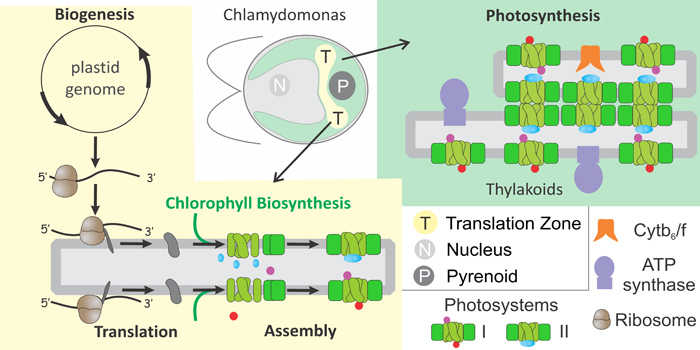
The photosystem factory in chloroplasts
Research, The Plant Cell, The Plant Cell: In a NutshellSun et al. reveal the subcellular organization of photosystem biogenesis in Chlamydomonas. Plant Cell https://doi.org/10.1105/tpc.19.00263
by Melissa Valente-Paterno, Yi Sun and William Zerges. Department of Biology, Concordia University.
Background: Cells localize intracellular processes to…
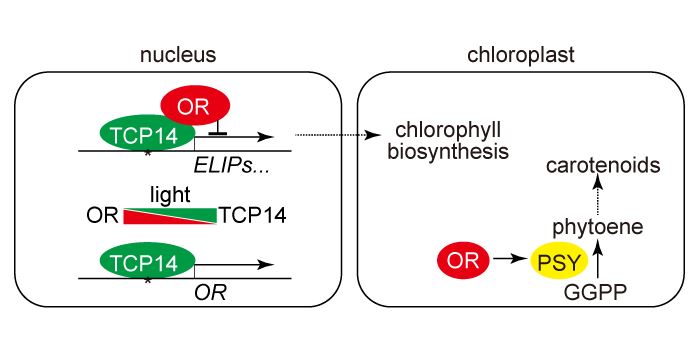
Arabidopsis OR Represses the Greening of Cotyledons while It Is in the Nucleus
Research, The Plant Cell, The Plant Cell: In a NutshellSun et al. showed that OR interacts with TCP14 in the nucleus of dark-germinated seedlings and reduces chlorophyll biosynthesis, thylakoid membrane development and expression of EARLY LIGHT-INDUCIBLE PROTEINS, and that subsequent illumination relieves this repression. Plant Cell https://doi.org/10.1105/tpc.…
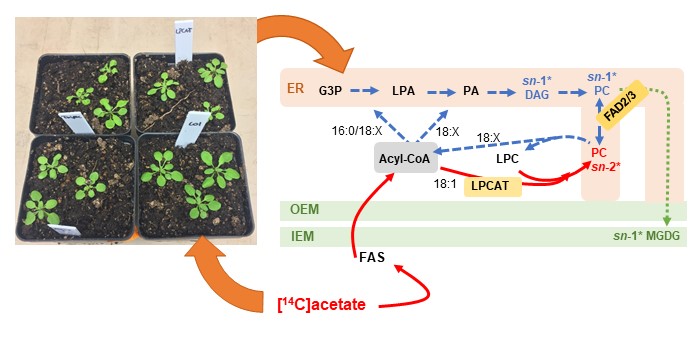
The “Ins and Outs” of ER–Chloroplast Lipid Trafficking
Research, The Plant Cell, The Plant Cell: In a NutshellKarki et al. revisit the long-standing question of how and where lipid trafficking occurs during galactolipid synthesis. They report evidence for metabolically distinct pools of phosphatidylcholine, suggesting an underlying spatial organization in the ER–chloroplast metabolic interactions. Plant Cell…

